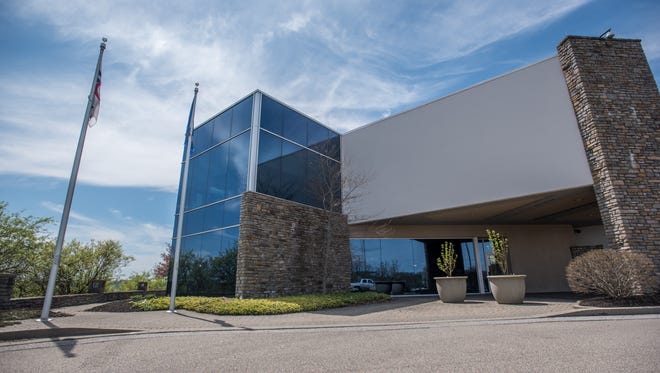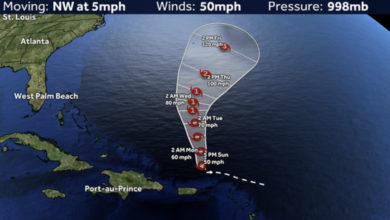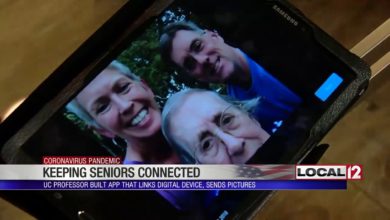

A delay in responding to a 911 call for an unresponsive infant in Mount Washington is now under internal review by the city of Cincinnati, City Manager Paula Boggs Muething said in a Wednesday memo to council and the mayor.
Medical crews arrived at the apartment at 2:17 p.m., on Saturday, about 12 minutes after the call was placed, Boggs Muething wrote. The infant was deceased and "there was indication that the time of death occurred some time earlier and possibly hours before the response," she wrote.
The cause was determined to be accidental. An early internal review of the call showed a 3-minute, 45-second delay in response time while the call was sent to Kentucky because of a misunderstanding over the location of where the woman and baby were, the city manager wrote.
The delayed response and internal review come as the city's 911 center is under a five-year, court-mandated outside review to fix problems that have plagued the center for years. Staffing is short and more training is needed, the city has admitted.
Part of what happened Saturday – difficulty with location data – was similar to what happened in the death of Kyle Plush, a 16-year-old boy who became trapped under a minivan seat in 2018 and died. Kyle called 911, but help never arrived because officers at the scene couldn't find where the call was coming from.
The 911 center review is part of a settlement with the Plush family, in which the family was given $6 million.
In the Plush case, the call taker gave a location based on a system that uses what is known as Phase II technology, which pinpoints where a call was from. Officers responding hadn't been trained to use Phase II technology, investigations found.
In Saturday's call, according to the memo, the call taker didn't prioritize Phase II technology until later in the call, which caused part of the delay.
Al Gerhardstein, the attorney who represented the Plush family in their court case, said his heart goes out to the baby's family.
"This tragic event confirms that the Plush family did the right thing when they insisted on 911 reforms implemented with the help of an expert team," Gerhardstein said. "That work is just getting started. The 911 staff has been transparent and cooperative. I am sure the expert team will be using this call to help the 911 staff continue their efforts to improve."
The city did not immediately reply to a request for comment.
Questions about how Saturday's call was handled first came via Twitter, almost immediately, from the account, "scannerboy02", which tweets about scanner calls.
"Though it would not have changed the outcome in this case, this tragic event is another
reminder of the difficulties presented with wireless phone calls to 911, Muething wrote in the August 10 memo. "Wireless/cellular connections are not always clear and reliable under the best of circumstances. And 911 calls can compound those challenges as they present difficult, often chaotic, environments with callers experiencing severe distress and panic."
In the memo, Muething outlined what happened Saturday:
A woman called 911 just after 2 p.m. saying her child wasn't breathing. The call taker, who had trouble hearing the woman's address, at one point thought she might be located in Boone County, Kentucky, and transferred the call there, but remained on the line.
When the 911 caller said she was in Cincinnati, the Cincinnati call taker immediately resumed control of the call and dispatched medical crews using the "Phase II location" from the call.
Phase II locations are automatically sent to dispatchers from cell phones and provide an approximate location based on GPS data from the phone.
This dispatch occurred two minutes and 32 seconds after the call first came in.
While crews were on the way, the call taker guided the mother through CPR. The mother kept repeating that her child was "gone."
The call disconnected at 2:13 p.m. The call taker tried to call back, but there was no answer.
At that same moment, the medic crews arrived at the large apartment building but weren't sure where to go. The call taker then listened back to the original phone call and was able to determine the address .
Medical crews arrived at the apartment at 2:17 p.m., about 12 minutes after the call was placed.
The city manager said issues in this call delayed the response by approximately 3 minutes and 45 seconds.
The city’s review of the call comes on the heels of city leaders’ promises to make significant long-term improvements to the city’s 911 center.
The city's emergency communication center was thrust into the national news in 2018 after Plush died. Plush voice-called 911 on April 10, 2018, from the parking lot of Seven Hills School where he was trapped, but help never arrived. His death prompted months of city hearings and allegations that the 911 center wasn't property staffed or trained.
Improvements were made, but the Plush family said they weren’t enough. They sued the city, and last April the city agreed to pay the teenager's family $6 million, the second-largest settlement in Cincinnati history.
As part of the settlement, the city pledged to make more improvements to the 911 center, which includes hiring three outside experts to look at the city's 911 operations. Oversight will last five years. The settlement also stipulates that improvements recommended by the experts must be made.
As the Plush case was debated in City Hall and the court case was underway, there was another high-profile death involving questions about the handling of 911 calls. Patrick Ward, a 69-year-old military veteran, died despite Ward calling 911 on Jan. 12, 2020 to say he’d fallen. Neighbors followed up with calls of their own, with one telling a 911 call taker that someone didn’t come soon to take Ward to the hospital, Ward was “gonna die.”
Within a day, early on the morning of Jan. 13, Ward was found face down on his apartment floor, dead.
In both the Plush and Ward cases, city investigations found mistakes had been made. Following the Ward death, a 911 call taker was fired.
Help 911 help you:
The city has Smart 911 technology, which allows people to attach information to their cell phone numbers such as the address of their home, office or school as well other information about who might be at these locations and other details.
Information about the program can be found at cincinnati-oh.gov/ecc/smart911.ugus
Source link







